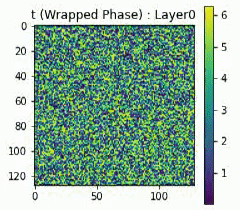Wadduwage Lab for Differentiable Microscopy (𝜕𝜇)
In Wadduwage Lab, we work on novel computational microscopy solutions that can measure biological systems at their most information rich form, with minimum redundancy.
𝜕𝜇 – Differentiable Microscopy - With applications ranging from, rare cellular event detection to drug screening, high content imaging provides biomedically important morphological features of cells or tissues via high speed acquisition hardware and fast image processing algorithms. Despite significant advances in faster and more multiplexed imaging sensors, the imaging throughput is currently limited by the speed of electronics hardware. In Wadduwage Lab we use an orthogonal approach, termed differential microscopy (𝜕𝜇), to improve the imaging throughput beyond existing electronic hardware bottleneck. The rationale for 𝜕𝜇 is that low-dimensional compressed representations of image signals exists and can be found through learning-based techniques; instruments can thus be designed to perform measurements on the lower dimensional compressed representation, improving the throughput by the factor of compression. To achieve this, 𝜕𝜇 models the front-end optics, the back-end image -reconstruction and -processing algorithms together as a differentiable model of learnable parameters.
selected publications
-
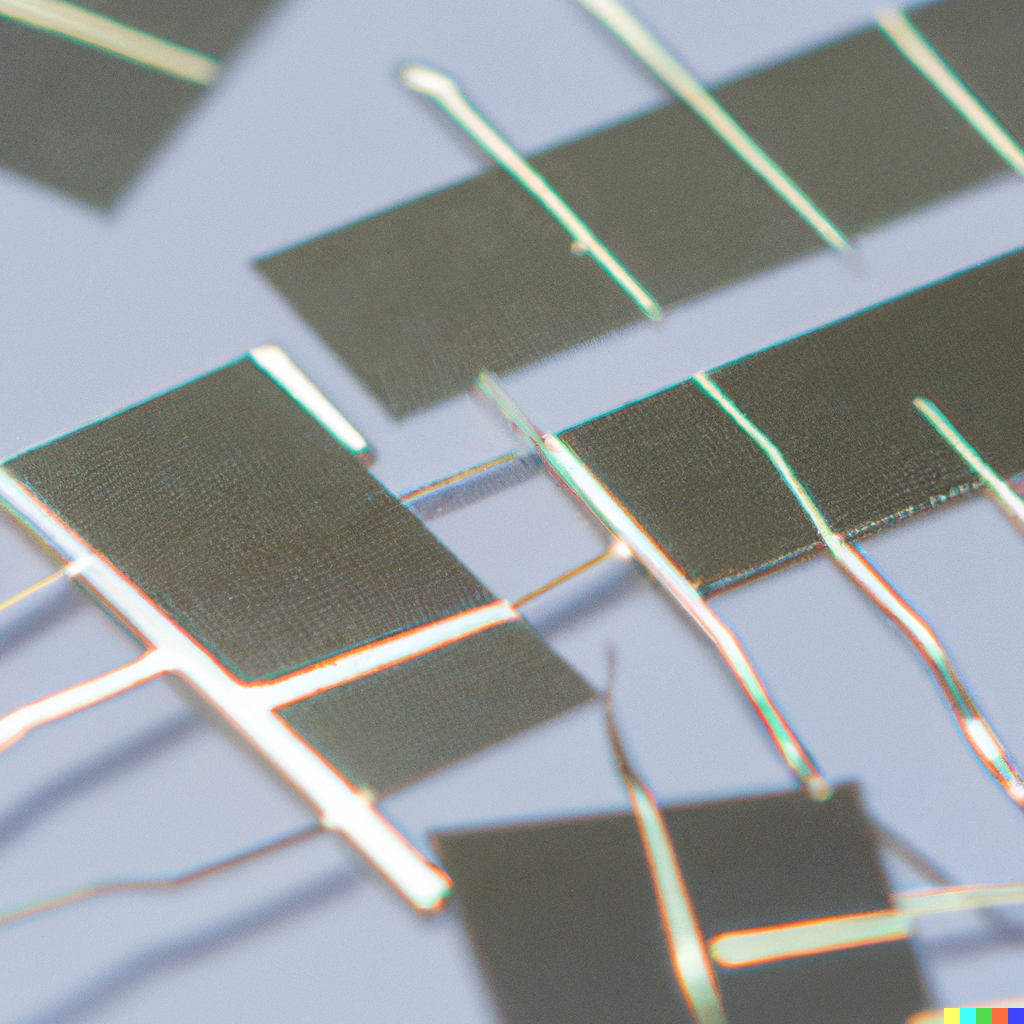 Chip-Based Resonance Raman Spectroscopy Using Tantalum Pentoxide WaveguidesIEEE Photonics Technology Letters 2019
Chip-Based Resonance Raman Spectroscopy Using Tantalum Pentoxide WaveguidesIEEE Photonics Technology Letters 2019 -
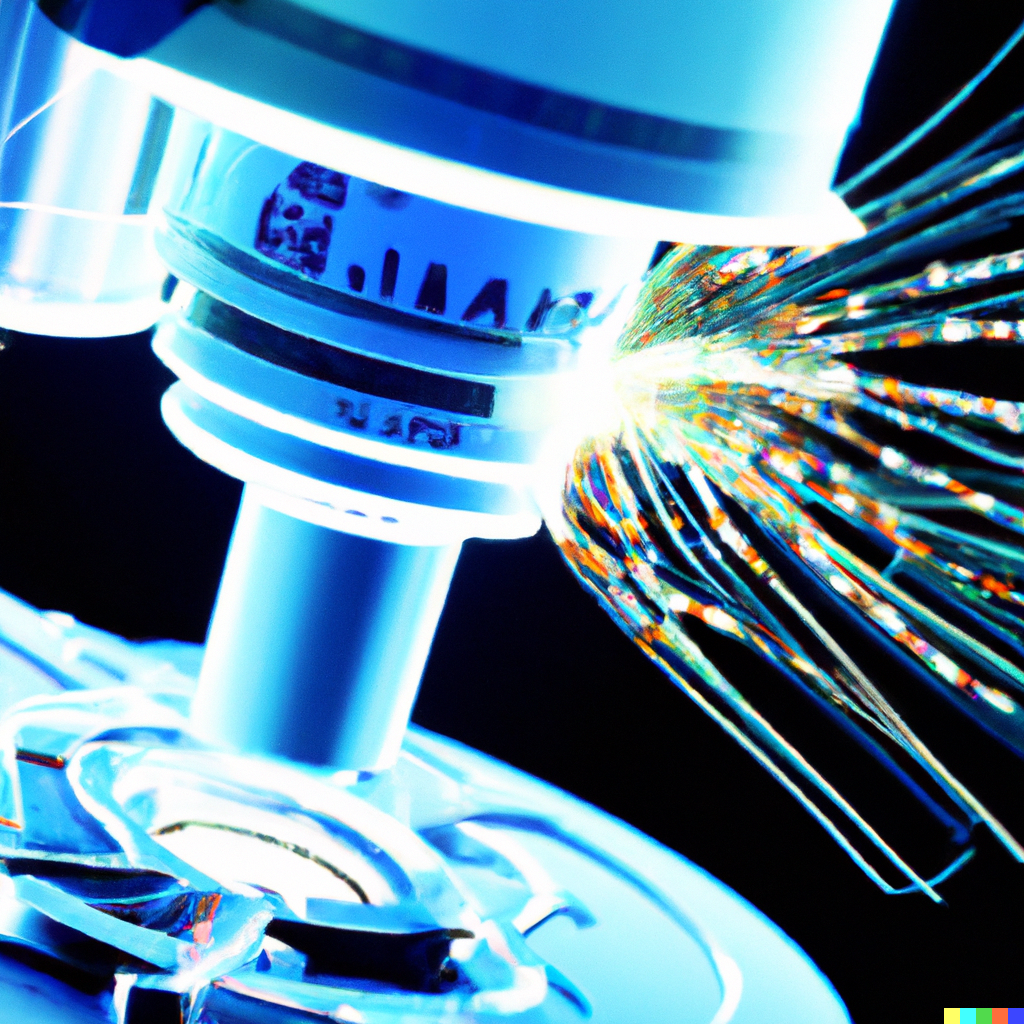 De-scattering with Excitation Patterning enables rapid wide-field imaging through scattering mediaScience Advances 2021
De-scattering with Excitation Patterning enables rapid wide-field imaging through scattering mediaScience Advances 2021 -
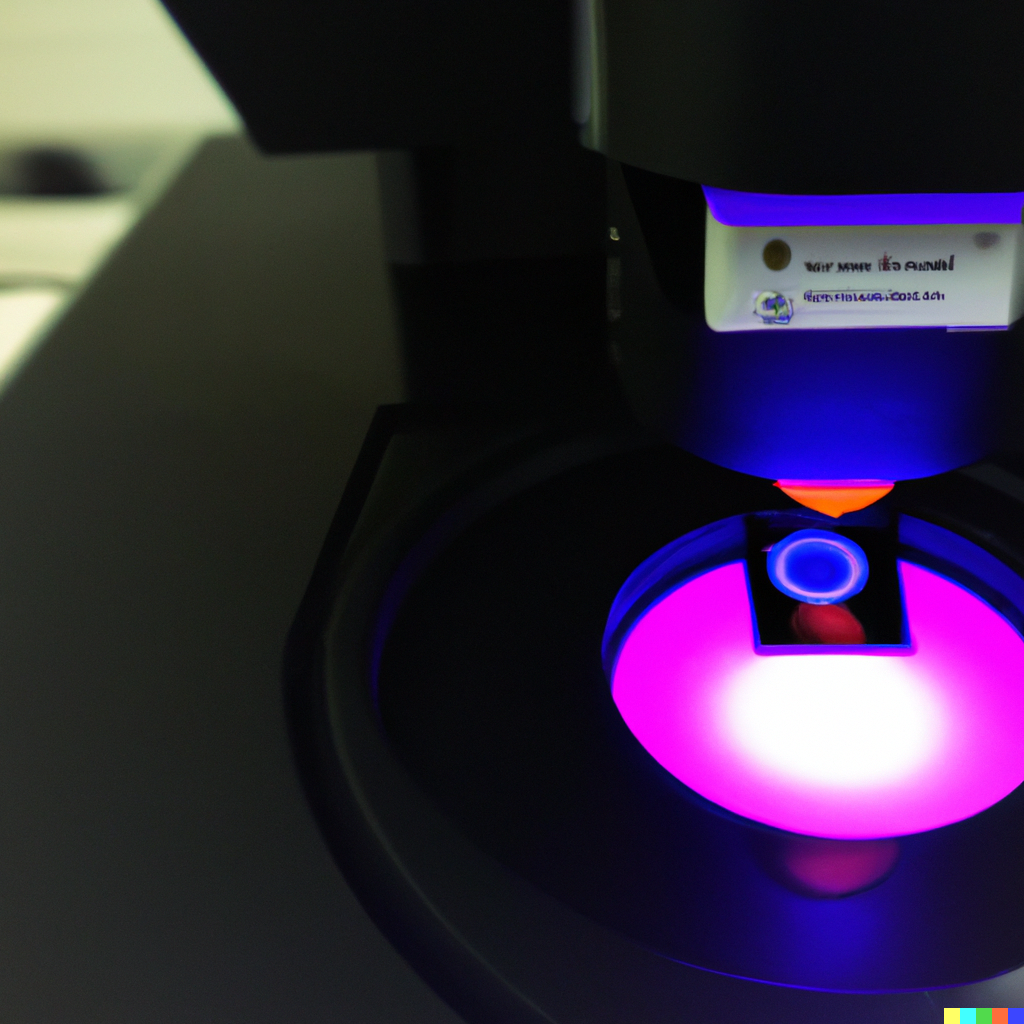
-
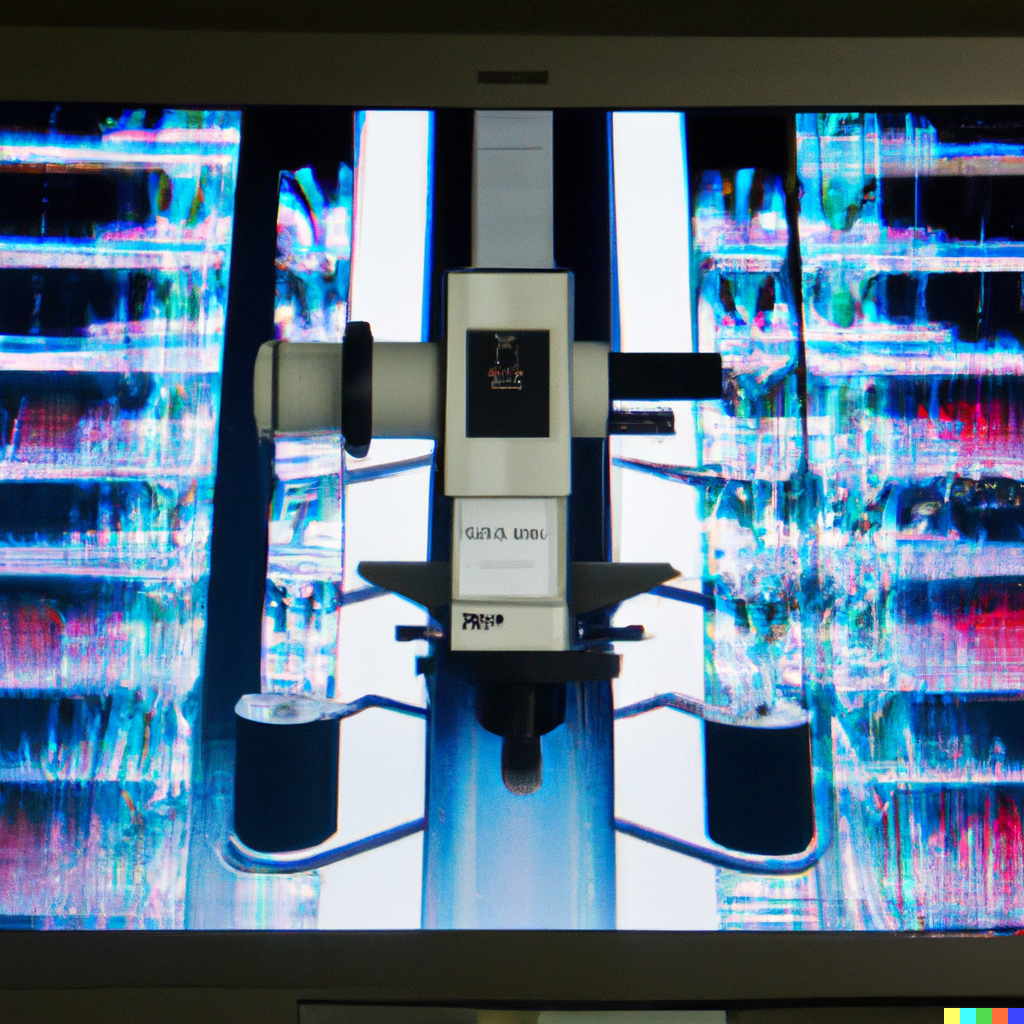 From Hours to Seconds: Towards 100x Faster Quantitative Phase Imaging via Differentiable MicroscopyarXiv 2022
From Hours to Seconds: Towards 100x Faster Quantitative Phase Imaging via Differentiable MicroscopyarXiv 2022
